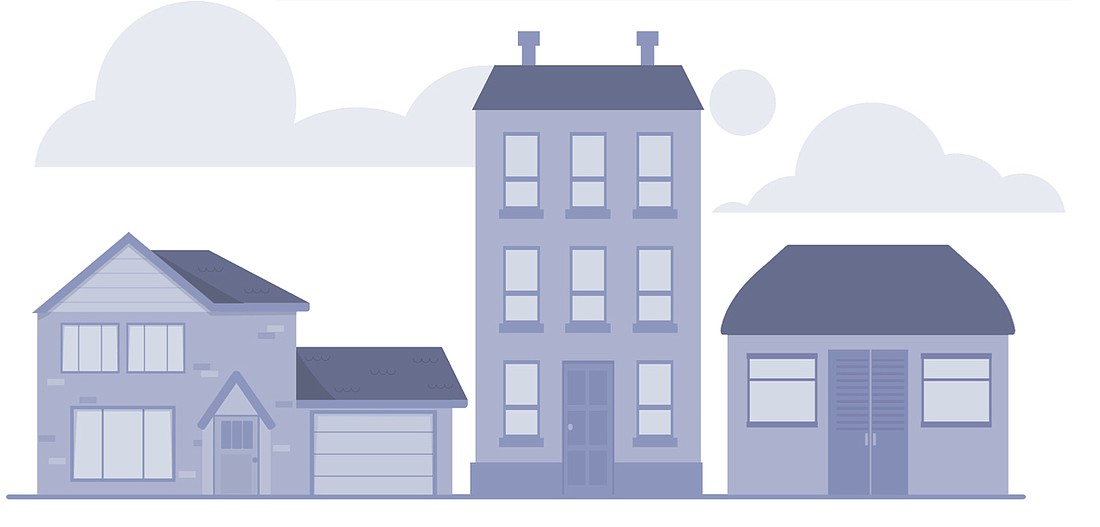- April 24, 2024
-
-
Loading

Loading

Even those who have found a way to make a business out of affordable housing say it’s a difficult undertaking.
Steve Rinehart, the developer of a 221-home project in Palmetto that will include more than 50 affordable residences, likened his work to guerilla warfare: a constant search for creative solutions to overcome structural costs associated with building homes.
Rinehart said profit is a driving factor in the building industry’s decision-making. In particular, Rinehart said larger companies that report to shareholders are unlikely to pursue anything but the project that offers the greatest return on investment. But he rejected the notion that developers’ emphasis on market-rate over affordable housing was reflective of greed, and he stated builders invest a considerable amount of money — and take on risk — when they embark upon a new project.
He said building a housing project can require millions of dollars of up-front investment and that a final product can take two years or more to materialize. In many cases, the development review process is subject to earning approval from local governments, which means there’s no guarantee a proposal can move forward when plans are first drafted.
“Why would I take time and effort and have resources on the line for 18 months to do affordable when, if in a great area, you can make more?” Rinehart said. “It’s not prudent. If this is how I support my family, why is it prudent for me to do something that is needed but [where] I’m leaving a ton of money on the table?”
For a market-rate project, Rinehart said a developer might expect to make up to a 20% gross profit, with 7-10% of that going toward administrative costs. For a $200,000 home, a 20% gross profit would be $40,000. But for a $300,000 home, it would be $60,000. That’s $20,000 more to manage unexpected costs, such as changes in building codes or standards, cost increases in construction materials, labor shortages or an economic downturn. For many builders, that decreased margin for error makes affordable building an untenable prospect.
“All these risks apply to an affordable housing subdivision and a half-million dollar home subdivision,” Rinehart said. “The risk is the same.”
Sarasota-based affordable housing developer Donald Paxton, founder of Beneficial Communities, affirmed the cost difference between an “affordable” and “luxury” project is marginal relative to overall construction expenses. He says it’s not reasonable to expect builders to produce meaningfully cheaper homes by reducing the amount they’re spending on building the project because core expenses for market-rate homes — land, materials, labor — also apply to affordable projects.
“You have to have a kitchen; you have to have a bathroom; you have to have bedrooms and a living room,” Paxton said. “The question is finish.”
Paxton’s company is reliant on tax credits to offset the cost of construction and offer affordable multifamily units. He is skeptical of the benefits of some commonly discussed housing incentives and states that building expenses are too significant to draw most developers into the affordable housing business.
“Impact fee abatements, more density — those are all helpful on the margins, but they don’t slice deep enough,” Paxton said. “There is insatiable demand at low income. … You can’t cut enough costs to reach deep enough into the affordable housing crisis. There’s no county, no city that has enough funds to satisfy the demand for low-income housing.”
Both Rinehart and Paxton agreed that developers would pursue affordable housing projects if there was an economic incentive, but right now conditions aren’t right to make it an attractive endeavor.
“Affordable housing will always be an epidemic until we make it a business,” Rinehart said.
David Conway contributed reporting.